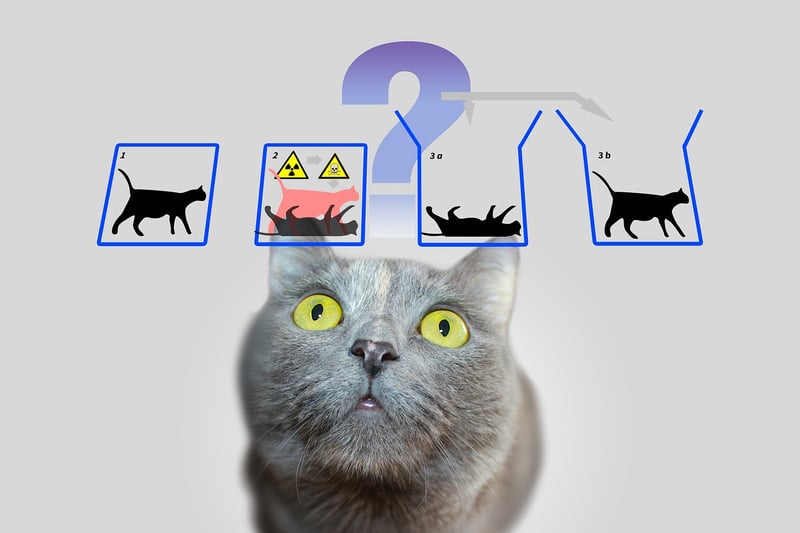Bootstrap Paradox
Unraveling the Mysteries of Time Paradoxes: Exploring the Bootstrap Paradox
Time travel has been a fascinating concept in science fiction for decades, captivating audiences with its mind-bending possibilities and intricate paradoxes. One such paradox that has intrigued both scientists and enthusiasts is the Bootstrap Paradox, a concept that challenges our understanding of cause and effect within the realm of time.
What is a Time Paradox?
A time paradox is a situation in which the past, present, and future become intertwined in a way that defies logical explanation. It creates a loop where the outcome influences its own cause, leading to a self-referential and potentially infinite cycle.
The Bootstrap Paradox Explained
The Bootstrap Paradox, also known as a causal loop, occurs when an object or information is sent back in time and becomes trapped in an infinite cause-and-effect loop. In simpler terms, it raises the question of what came first - the object or information itself or its origin.
For example, imagine a scenario where a time traveler goes back in time to deliver a famous novel to a renowned author before they have even written it. The author then publishes the book under their name, and it becomes a bestseller. In this loop, the novel has no clear origin - it exists without a point of creation, creating a paradox.
Implications and Theories
The Bootstrap Paradox challenges the fundamental principles of causality and raises philosophical questions about free will and determinism. Some theories suggest that multiple timelines or parallel universes could resolve these paradoxes, allowing for the coexistence of different outcomes.
Conclusion
As we delve into the complexities of time paradoxes like the Bootstrap Paradox, we are faced with endless possibilities and thought-provoking questions about the nature of time and reality. While these concepts may remain purely theoretical for now, they continue to spark our imagination and push the boundaries of what we perceive as possible.

Explore further:
